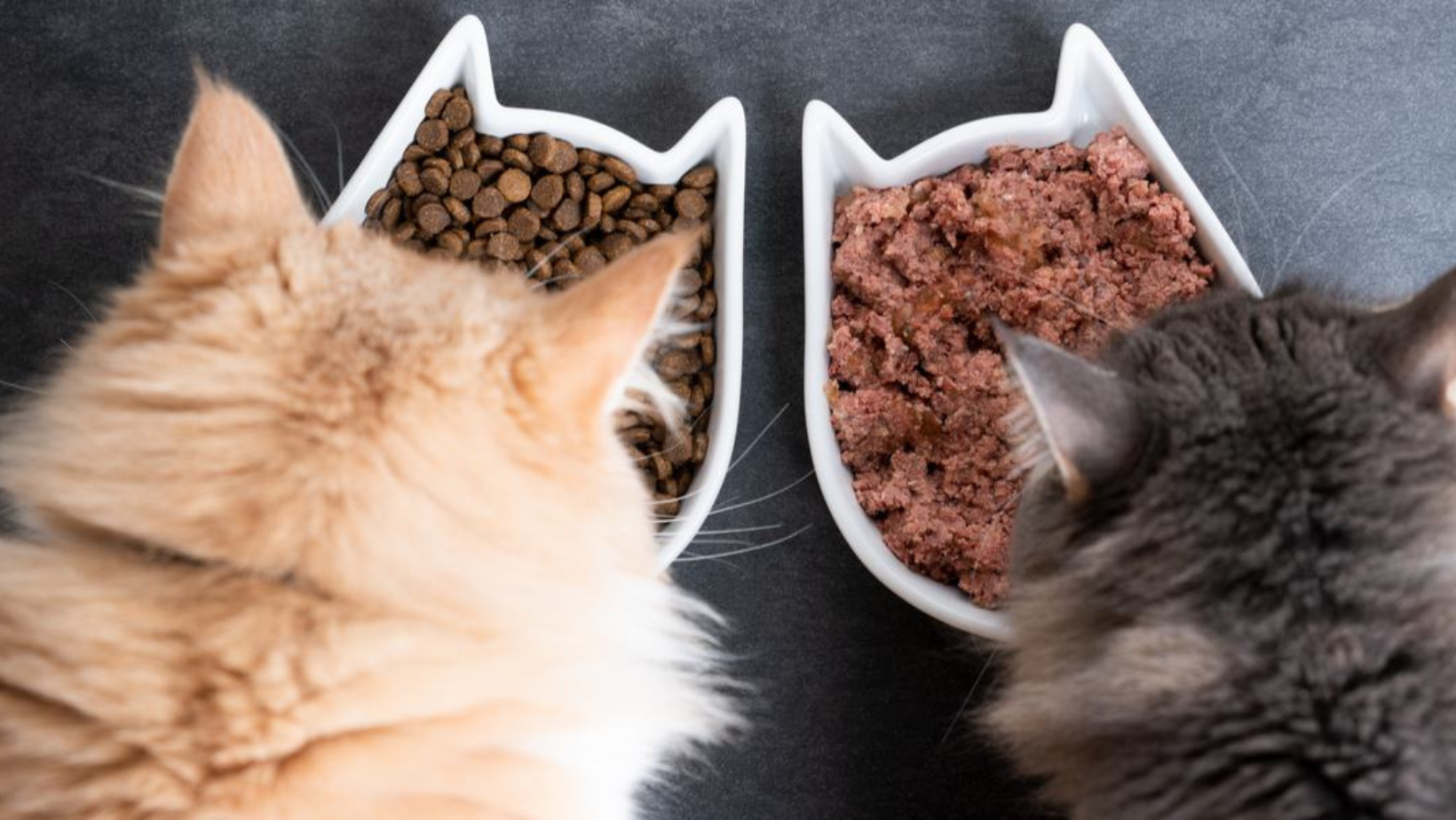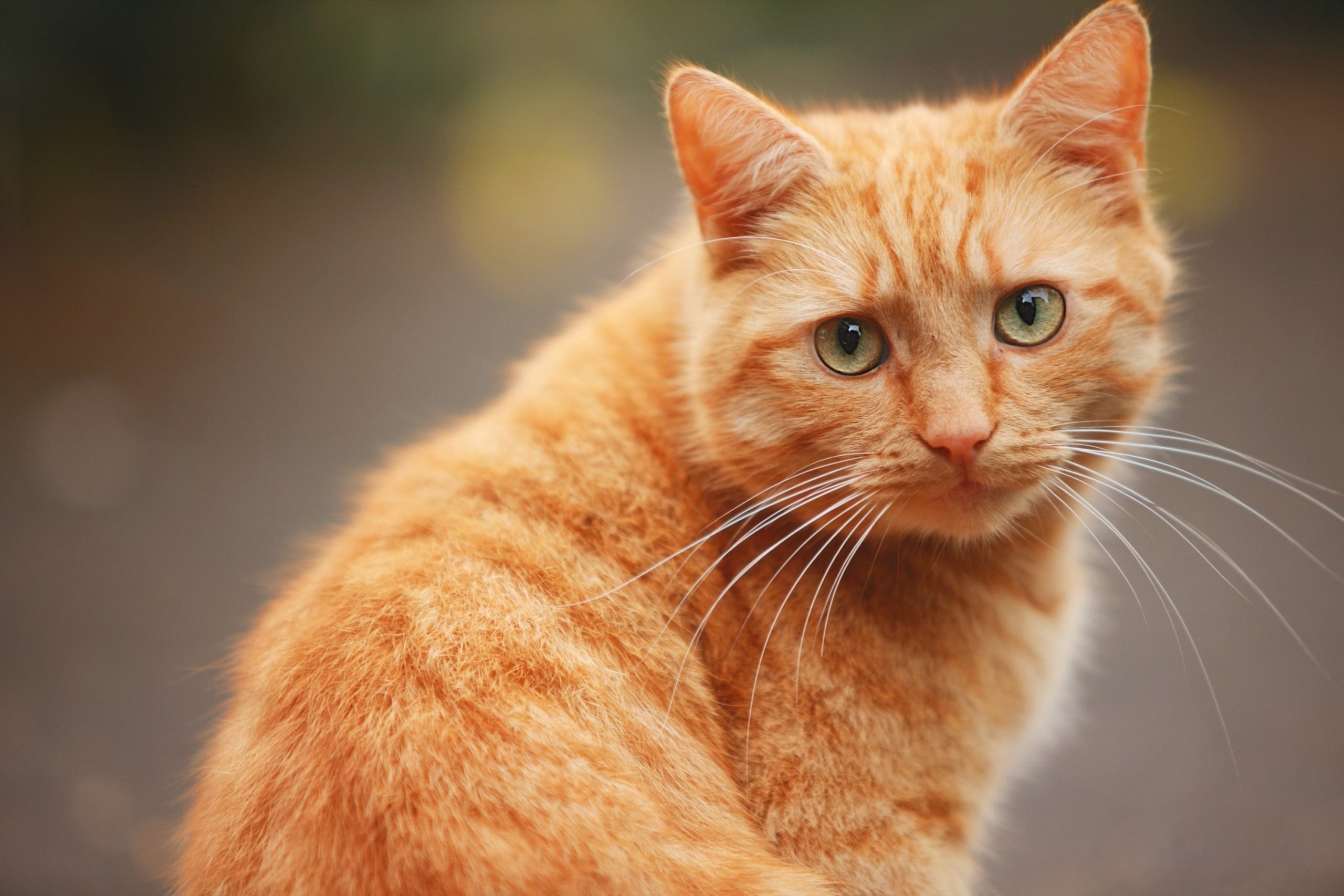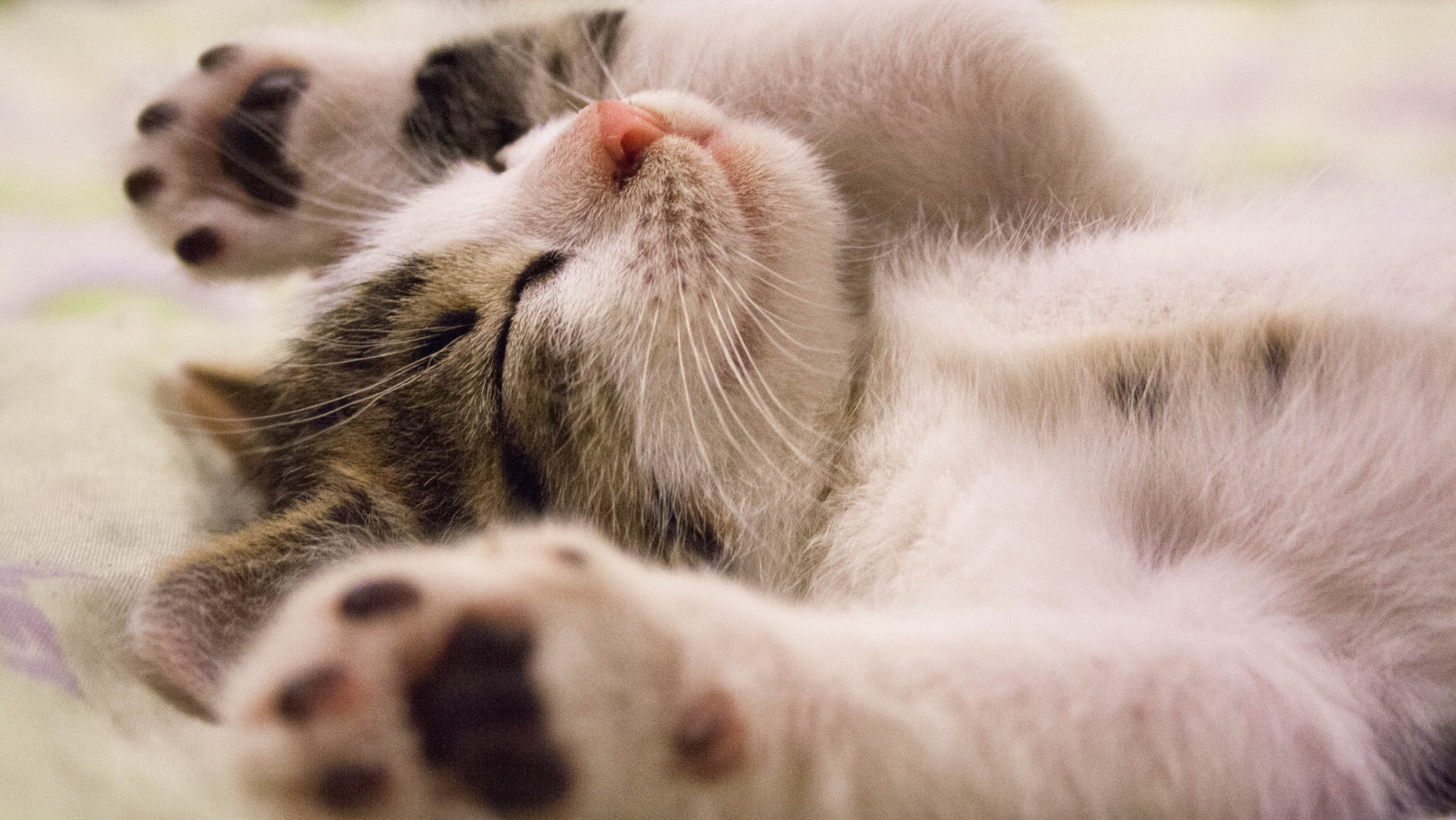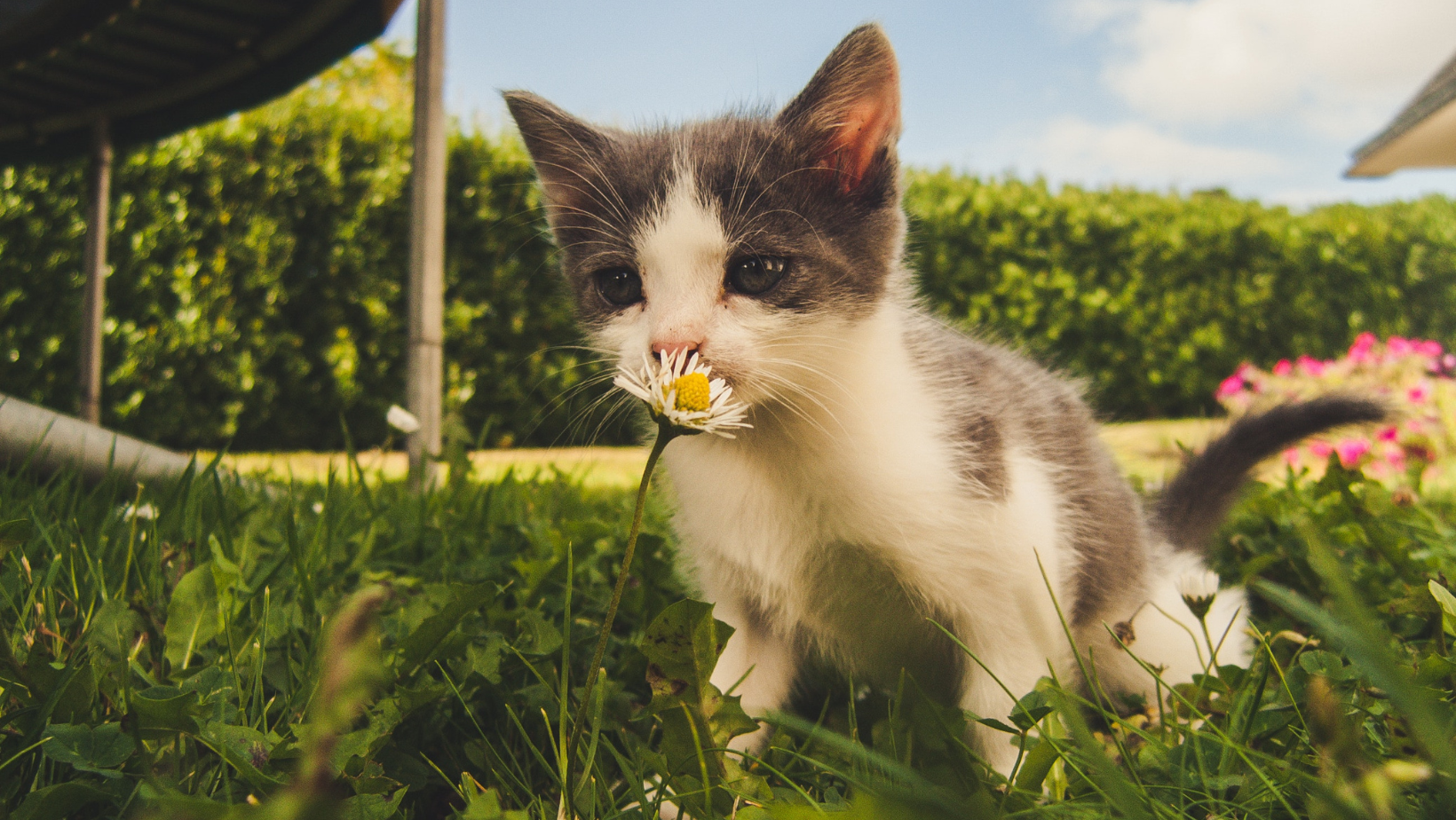Wet Cat Food vs. Dry Cat Food: Which Is Better?

Whether cats should eat canned or dry food is a common query that vets receive.
However, a number of variables will determine the optimal food for your cat, including:
- The size of your cat
- the state of your cat’s health and any afflictions it may have
- Your budget
To ensure your cat’s health, you and your veterinarian can decide whether to feed dry, canned, or a combination of the two. Consider these details regarding wet vs. dry cat food.
What Are the Main Differences Between Wet Cat Food and Dry Cat Food?
Here are a few significant variations between wet and dry cat food.
Moisture Levels
The amount of water in the diet is the primary distinction between canned and dry cat food.
90% of dry cat food is made up of dry ingredients including vitamins, lipids, and carbs, and only 10% of it is water. Compared to dry matter, canned food has a water content that is roughly 70% higher.
If your cat has a medical condition that would benefit from drinking more water, this can be crucial to take into account when deciding which food to give it.
Manufacturing Process
Given the higher moisture content of canned goods, fresh or frozen meats and a protein source derived from cereals are often used in their preparation. The meats are combined with water, lipids, and vitamins before being put in a can. A heating procedure then assures that any foodborne germs are eliminated.
Meats, vitamins, minerals, and fats are combined and then cooked at a high temperature and pressure to form dry food, which also makes the starches easier to digest.
Nutrients
Compared to canned food, dry cat food typically contains more carbohydrates. Depending on the diet, the amount of protein and fat in canned versus dry foods can change. Probiotics might also be present in some dry cat food formulations.
Should I Feed My Cat Dry or Wet Cat Food? Or Both?
Several factors determine whether to feed your cat dry food, canned food, or a combination of the two.
Advantages and Disadvantages:
 Canned Cat Food Benefits
Canned Cat Food Benefits
The higher water content of a canned diet is its main advantage. The extra water in these diets may be beneficial for cats that have specific medical conditions that call for a higher-than-average water intake, including as kidney illness, diabetes, or lower urinary tract disease.
Additionally, canned food is quite tasty, so some cats will prefer it to a dry diet if they are picky eaters.
Canned Cat Food Drawbacks
Given that canned food is frequently more expensive than dry food, this could influence your choice.
Food in cans must be refrigerated after opening and has a 24-hour shelf life. Wet food for your cat should be properly stored in the refrigerator or thrown away if they don’t complete it. More than a few hours of exposure to canned food increases the chance of infection, which can also upset the stomach.
 Dry Cat Food Benefits
Dry Cat Food Benefits
People on severe budgets or those who feed community cats may opt for dry cat food since it is less expensive than canned food.
Additionally, dry food does not require refrigeration and can be left out far longer than canned food. If you free-feed your cats, this is a good alternative, but any food that isn’t consumed by the end of the day should be thrown away.
Dry cat food can also be used in puzzle feeder toys or robotic feeders.
Dry Cat Food Drawbacks
There is a connection between giving dry cat food and obesity, according to studies. This could be as a result of the fact that many cats who consume dry food are frequently free-fed and their owners are unaware of how much their cats are actually consuming each day.
Because it’s difficult to observe when your cat isn’t eating when they are free-fed, it might also result in the opposite issue. You should keep track of or weigh out how much food your cat consumes each day for these two reasons.
It may also be more difficult for older cats to chew dry food if they have dental problems or have had some of their teeth extracted.
Feeding Both Canned and Dry Cat Food
You may decide to feed a combination of both to strike a balance between the advantages and disadvantages of both methods. This could be especially helpful for cats who need to drink more water yet prefer eating dry food to canned food.
You might be able to combine the two or provide canned food at one feeding time and dry food at the other in order to enjoy the advantages of both diets.
Consult your veterinarian to determine the ideal ratio if you want to blend wet and dry cat food. Your veterinarian can provide guidance on how to divide out the two food alternatives and how much your cat should consume each day.
Every cat is unique, and the daily feeding amount will vary depending on your cat’s age, present health, and the presence of any underlying conditions.
What Wet and Dry Cat Food Do Veterinarians Recommend?
Whether you feed canned or dry cat food, it’s crucial to provide your cat a well-balanced commercial diet to make sure they get the vitamins and minerals they require.
Reputable brands that have undergone quality control and been particularly developed to satisfy a cat’s dietary needs include Science Diet and Royal Canin. Based on your cat’s medical history, your veterinarian can provide you with recommendations that are more detailed.
Unless it is specifically prepared by a veterinarian who specialises in creating these diets, avoid feeding a home-cooked or homemade meal. These diets may be low in vitamins and minerals like taurine, which can lead to heart disease in cats, if you don’t have assistance from a licenced veterinarian.
It might be quite beneficial to involve your veterinarian in your selection regarding what to feed your cat in order to make sure they receive the right nutrition.
Here are some other factors to think about.
AAFCO Approval
The Association of American Feed Control Officials has developed fundamental minimum nutritional standards for cats (AAFCO). This is crucial since all pet foods that bear the phrases “AAFCO declaration” or “AAFCO-approved nutritional assurance” are regarded as providing your cat with balanced and complete nutrition.
Ingredient List
Make sure that the primary ingredients, which are stated first and are usually meat and meat by-products, consist of meat and meat by-products by carefully reading the label on the back of the container.
This is due to the fact that cats are carnivores and need a high-protein diet that provides the right quantity of vital fatty acids and amino acids.
Your Cat’s Particular Health Needs
The ideal cat food for your cat will be specific to their dietary requirements and way of life.
For instance, if your kitten or cat is healthy and of a regular weight, a maintenance diet for kittens or adults should be adequate. It could be wise to opt for a low-fat diet if your cat is overweight.
Your veterinarian can recommend a particular food designed for that disease if your cat has a health issue.
Your Cat’s Preferences
The type of nutrition you feed your cat may ultimately be out of your control. Only eating dry or only eating wet food, some cats might be quite finicky.
Featured image: iStock.com/Nils Jacobi





